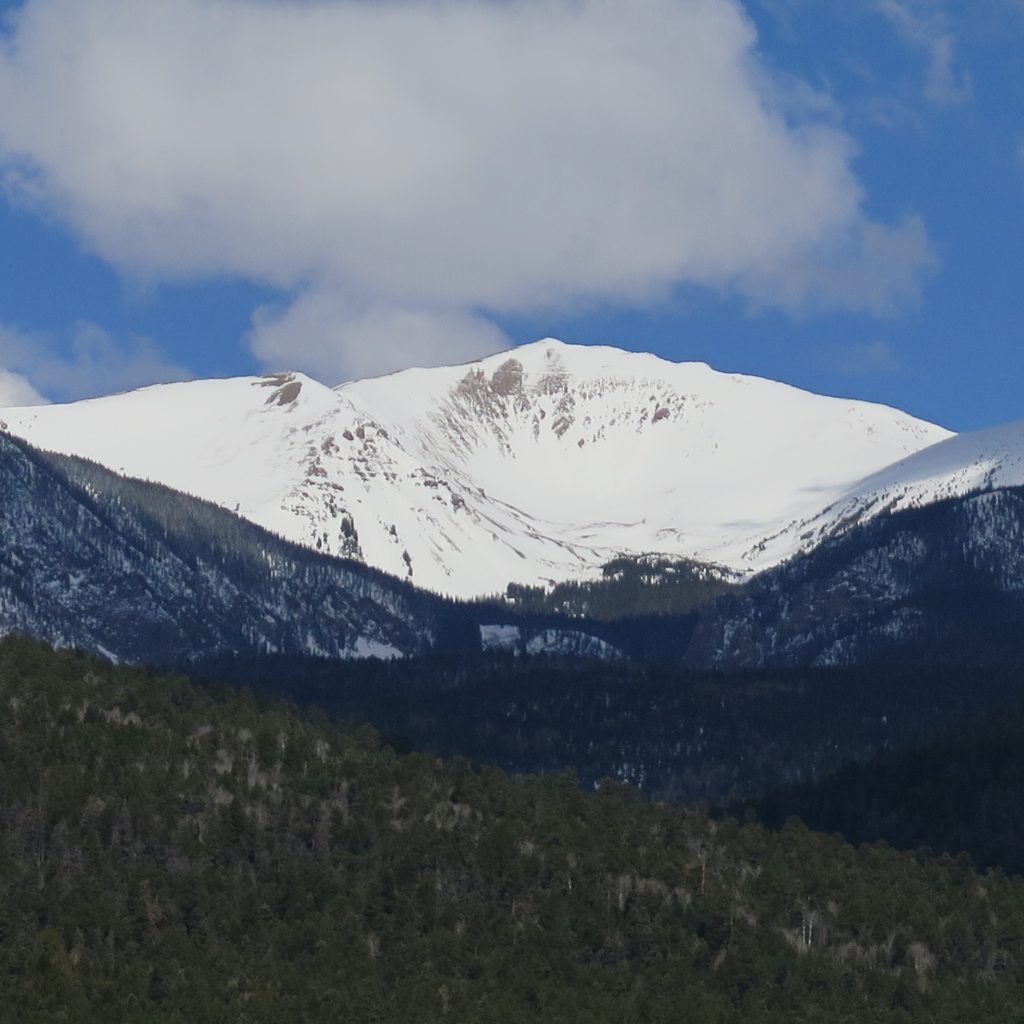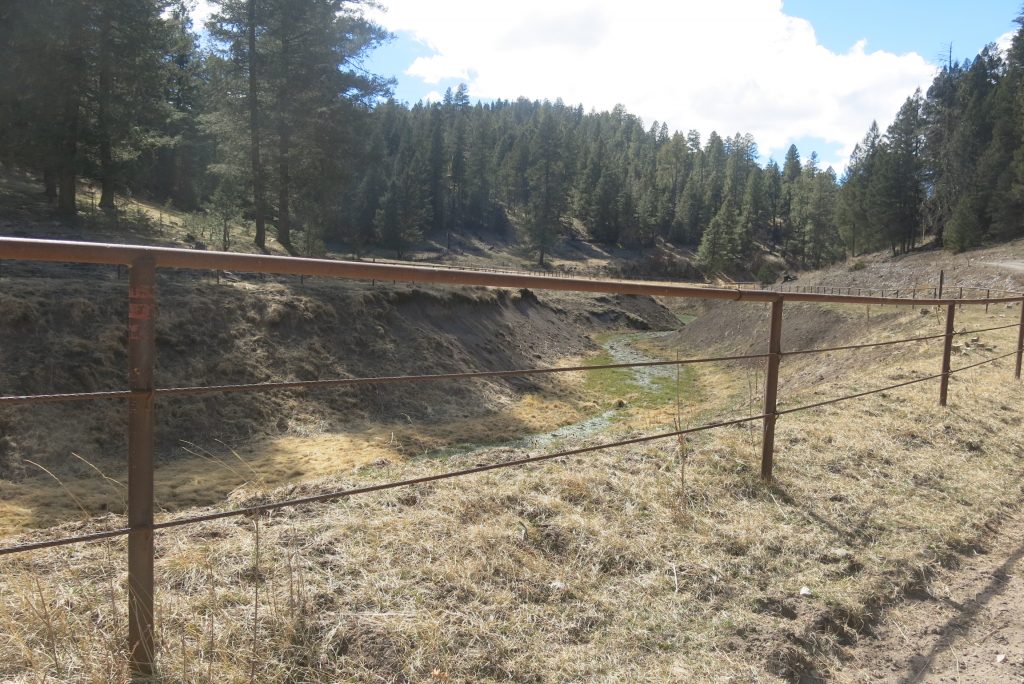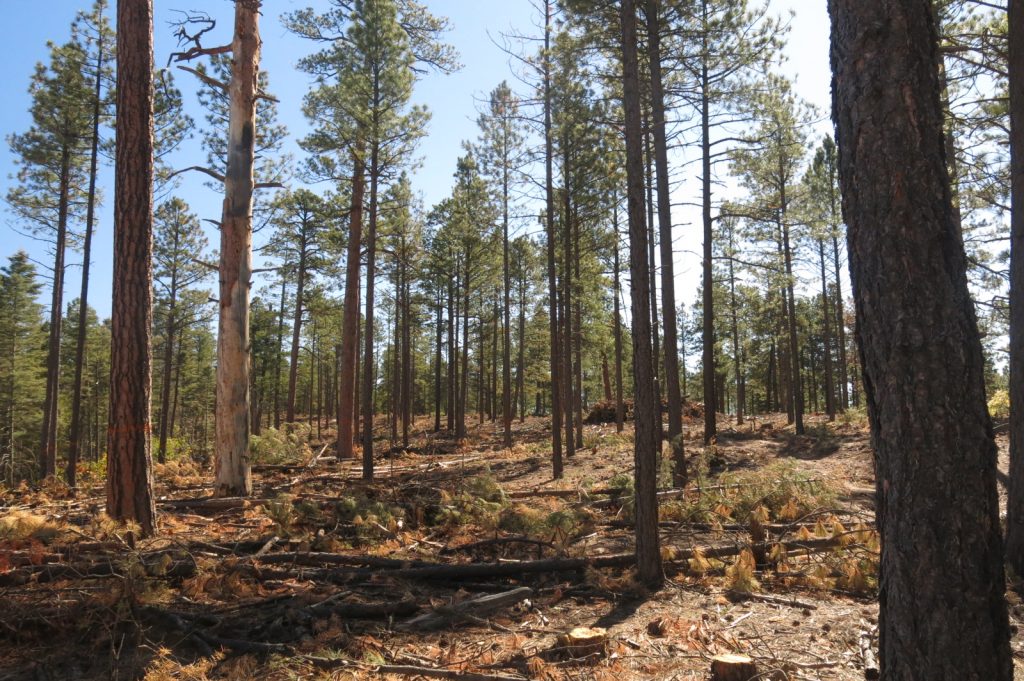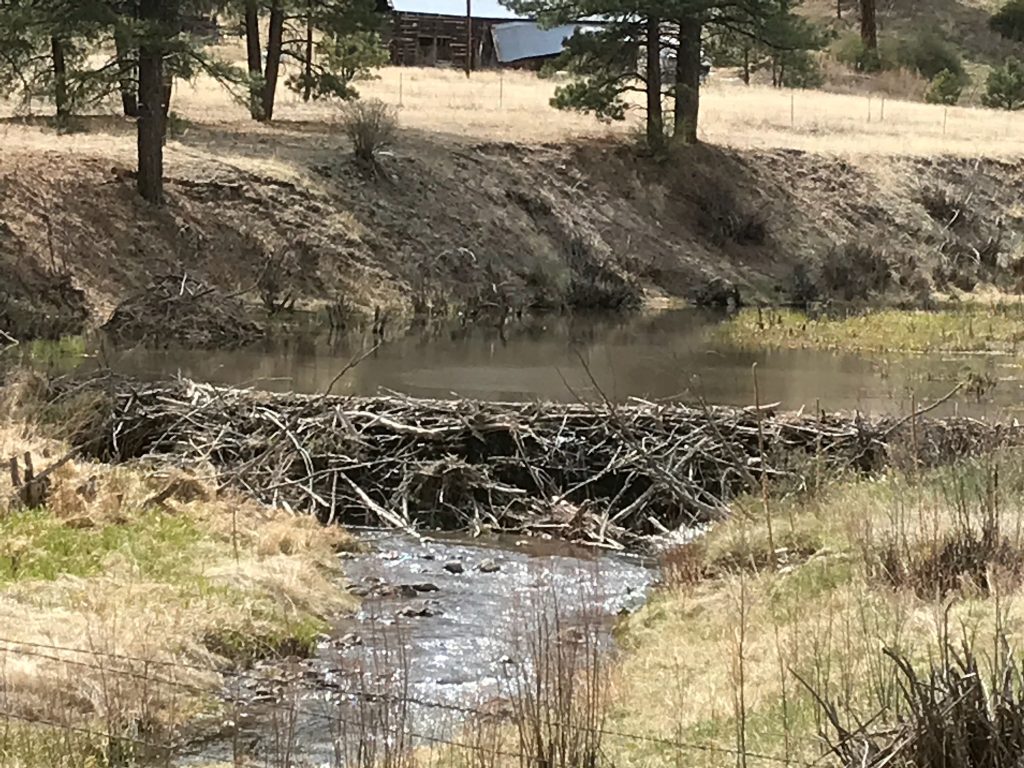 As always, New Mexicans are engaged in conversations about how our landscapes and watersheds should be managed. All five of our national forests are revising management plans to enhance land resiliency, boost economic opportunity, and protect sensitive natural and cultural resources. Our long drought, once thought to be abnormal, has generated broad participation in regional and state water planning efforts. People are striving to expand wilderness areas while others hope to limit, if not eliminate, land protections altogether. A vocal minority even seeks the transfer of public lands to state control and, ultimately, to private ownership.
As always, New Mexicans are engaged in conversations about how our landscapes and watersheds should be managed. All five of our national forests are revising management plans to enhance land resiliency, boost economic opportunity, and protect sensitive natural and cultural resources. Our long drought, once thought to be abnormal, has generated broad participation in regional and state water planning efforts. People are striving to expand wilderness areas while others hope to limit, if not eliminate, land protections altogether. A vocal minority even seeks the transfer of public lands to state control and, ultimately, to private ownership.
These conversations affirm that to be truly New Mexican is to be in love with the land. As refreshing and inspiring as this simple truth may be, opinions vary on what loving the land means and how it should be practiced. The resulting conflict is as New Mexican as the debate over red or green chile. We seem drawn to this battle, crave it even. Arguments over our natural legacy seem conditional to living here.
As political and climatic turmoil worsen every day, I have come to the conclusion that conflict has become our permanent condition, as opposed to some benign cycle between complacency and flared emotions. Depending on which side of the fence we stand, our definitions of perceived enemies have ossified into stereotypes: an environmentalist demands his own private menagerie of endangered species; ranchers won’t clean up after their cows like responsible pet owners should; a government agency professional is the worst, a person whose childhood dream was to go broke earning an advanced degree so she could spend the rest of her life pushing paper around a desk.
To the many who would say these stereotypes contain more than a grain of truth, I would respond that the bigger truth is not so petty and far more serious, and that it’s long past time that we reckon with it.
 The bigger truth is this: too much of our land is in a diminished and actively degrading state. Forests bloat with fuel, even as the ground becomes more bare. Streams slice deeper into the land, bad enough if the Rio Grande and its reservoirs weren’t already loaded with topsoil scoured from mountainsides during the “Big Barbeque” resource extraction era of the late 19th to the mid 20th centuries. We have developed floodplains, extirpated wildlife species, and crippled the most important ecological processes. We’re paying for it too. Ask a city water manager, a rural mayor, or an economic planner. Ask an alfalfa farmer, whose ditch runs lower every year.
The bigger truth is this: too much of our land is in a diminished and actively degrading state. Forests bloat with fuel, even as the ground becomes more bare. Streams slice deeper into the land, bad enough if the Rio Grande and its reservoirs weren’t already loaded with topsoil scoured from mountainsides during the “Big Barbeque” resource extraction era of the late 19th to the mid 20th centuries. We have developed floodplains, extirpated wildlife species, and crippled the most important ecological processes. We’re paying for it too. Ask a city water manager, a rural mayor, or an economic planner. Ask an alfalfa farmer, whose ditch runs lower every year.
Those responsible for this mess were driven by wholesome intentions. Nevertheless, it is important to note who they are: anyone who has eaten, who lives in, has built, bought, or sold a house not made entirely of ice or dirt; politicians and anyone who’s voted or not voted for one; users of cell phones, heaters, televisions, automobiles, or anything requiring fuel or electricity; anyone who desires money in any quantity, who’s paid or not paid taxes with it; anyone who fought in, supplied, or otherwise participated in our nation’s wars; anyone who’s dined at a café, flushed a toilet, owns a gun, a fishing rod, or binoculars. Also responsible are people who’ve read books and, most definitely, people who have not. In other words, anyone living in the past, present, and future is on the hook for the current state of our landscapes.
It’s time to embrace this responsibility and turn to fixing what we’ve broken. There are ways to do this by applying lessons learned through centuries of interacting with our environment and observing its responses to human and natural events.
Grazing, for example, enhances local hydrology and plant diversity for the same ecological reasons that overgrazing destroys them. Grazing stimulates growth of shoots and roots, which sequester carbon in the soil and increase its capacity to hold water. Hooves break and push seeds into soil, which feeds on the nutrients in manure. Grazing – by microorganisms, insects, rodents, and large mammals – is integral to the transformation of solar energy to earthly productivity.
 Natural fire restores plant diversity as well, for the same ecological reasons that fire suppression (which leads to fuel build up and high severity wildfires) and clearcutting reduce it. Through consuming fuels on the forest floor, natural fire promotes nutrient recycling, grass growth, and the penetration of sun and snow to the ground. Abundant grass enables cyclical fire ignition and the spread of rejuvenating, moderate severity fires.
Natural fire restores plant diversity as well, for the same ecological reasons that fire suppression (which leads to fuel build up and high severity wildfires) and clearcutting reduce it. Through consuming fuels on the forest floor, natural fire promotes nutrient recycling, grass growth, and the penetration of sun and snow to the ground. Abundant grass enables cyclical fire ignition and the spread of rejuvenating, moderate severity fires.
Keystone species – beavers and wolves for example – are so named because they exert formative pressure on natural regimes; to the extreme degree that other species depend on them, they are essentially natural regimes unto themselves. For all their negative impacts, wolves once forced domestic and wild grass eaters into tight, defensive herds that grazed intensively and moved frequently in response to predatory pressure. Such a simple dynamic guaranteed the fertilization and resting of pastures.
Although beavers have flooded plenty of fields and irrigation ditches, they’ve also lifted headwater aquifers with their dams, maintaining year round stream flows while beating back forest encroachment into lush and saturated meadows. On balance, keystone species have kept the land healthy, – indeed, they have essentially made the land – and they’ve done it at a minimal cost.
In their current unhealthy state, our lands are unable to revert to natural regimes. Resources needed to induce lost land function are in short supply, and potential change agents like beavers, predators, managed fire, and grazing are misunderstood if not reviled. Yet grazing animals must still be moved to prevent overgrazing, streams must still water floodplains, and forest floors must be cleansed. Put another way, forests will burn, whether we want them to or not. Organisms will eat, and water will run downhill.
As the ultimate keystone species, we must accept our significant influence over how productively or destructively these processes take place. And by we, I mean all of us, city dwellers, environmentalists, recreationists, cattle growers, loggers, and politicians. Already heavy for its monetary and ideological costs, our load grows heavier with each day we wait.
Until we can accept the consequences of catastrophic wildfire, we must assume fire’s job. Until wolves and beavers are welcomed back into our ecosystems, it falls on us to rest and grow pastures and restore water cycles. Ranchers must adopt the practices of true, watershed-scale grass farming, improving stream function, reducing erosion and bare dirt. Environmentalists must become fiscal and passionate partners in this, by appreciating the value of working lands and collaborating on initiatives that preserve and empower rural cultures.
Forest restoration, species diversity, and managed grazing, all worth pursuing, none exclusively of the others. Our continued existence on this land depends on our understanding the full depth of this fact. We must at least try to believe that humans are good too, especially since we are the only ones who can prove it.
